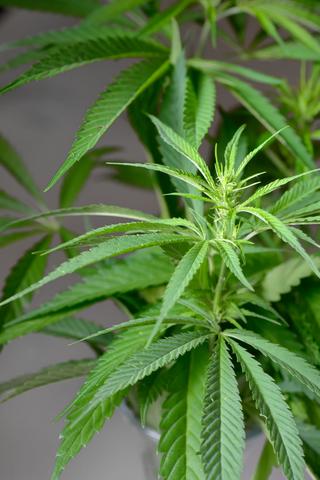The Endocannabinoid System, also known as (ECS) is technically a system of physiology that presents itself inside the human body. It works by obtaining a balance between Chemical and Environmental subjects, This process is known as Homeostasis. During this article, we are going to discuss what exactly Endocannabinoids are and what effect they have on the human body.
ECS is made up of a bunch of cell receptors, these reseptores can come in two different forms, The cannabinoid receptor 1 (CB1) or the cannabinoid receptor 2 (CB2). These can be found throughout the body and these help by being responsive to certain agonist, this is usually referred to as the lock and key method. You will find the CB1 receptors mainly in the central nervous system whilst CB2 can be found mainly acting around immune cells and the peripheral nervous system. When there is an interaction between a cell and an agonist the body receives certain messages to begin action. Endocannabinoid is actually found and extracted from the cannabis plant itself, the most common on being from the natural world. It has been known that they were around way before the cannabis plant was discovered with an evolution of possibly 600 Million years. These cells are actually present it most if not all living animals.
Where can you possibly find Endocannabinoids?
The good news is you don't have to look very far as the human body creates them all by itself. To aid this naturally, it can be supported by taking Omega 3 fatty acid vitamins, it is very important and vital to take these vitamins for the production of Endocannabinoids. You can get a great deal of Omega fatty acids in foods like mackerel and sardines. Not only foods but herbs to such as hemp seeds and flax seeds, between the two of those they carry the most Omega fatty acids than any other natural foods.
When was ECS discovered?
The chemical present in cannabis was first discovered by an Israel scientist named Raphael Mechoulam and his co-worker Y.Gaoni in 1964. Around that time scientist began to research how the human body reacted to the cannabis. It was then discovered by St. Louis University that the human brain responded to particles found in cannabis. ICRS was formed in 1992, also goes by the name, International Cannabinoid Research Society. The knowledge is on a constant rise and for this reason, Scientists continue to research endocannabinoids and their cellular receptors. The study continues to amaze scientists to this day.
ECS and Cannabidiol
THC works as an agonist towards cannabinoid receptors, combining cells effectively in a lock and key method. CBD is an antagonist which means it fails to combine along with cannabinoid receptors. It does the opposite and attaches to the enzyme FAAH- responsible for decreasing excess anandamide in the human body. CBD then combats this by increasing the amount of amandamine in the body. To do this it would break down the FAAH molecules.

